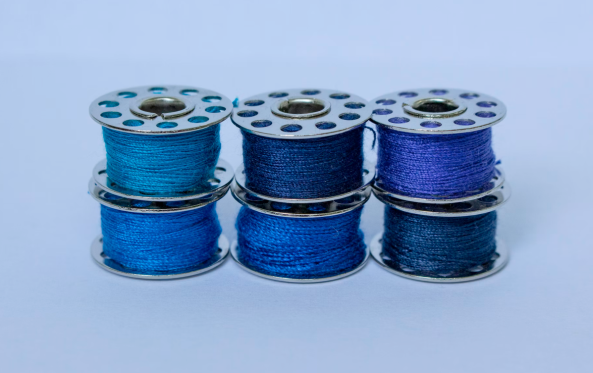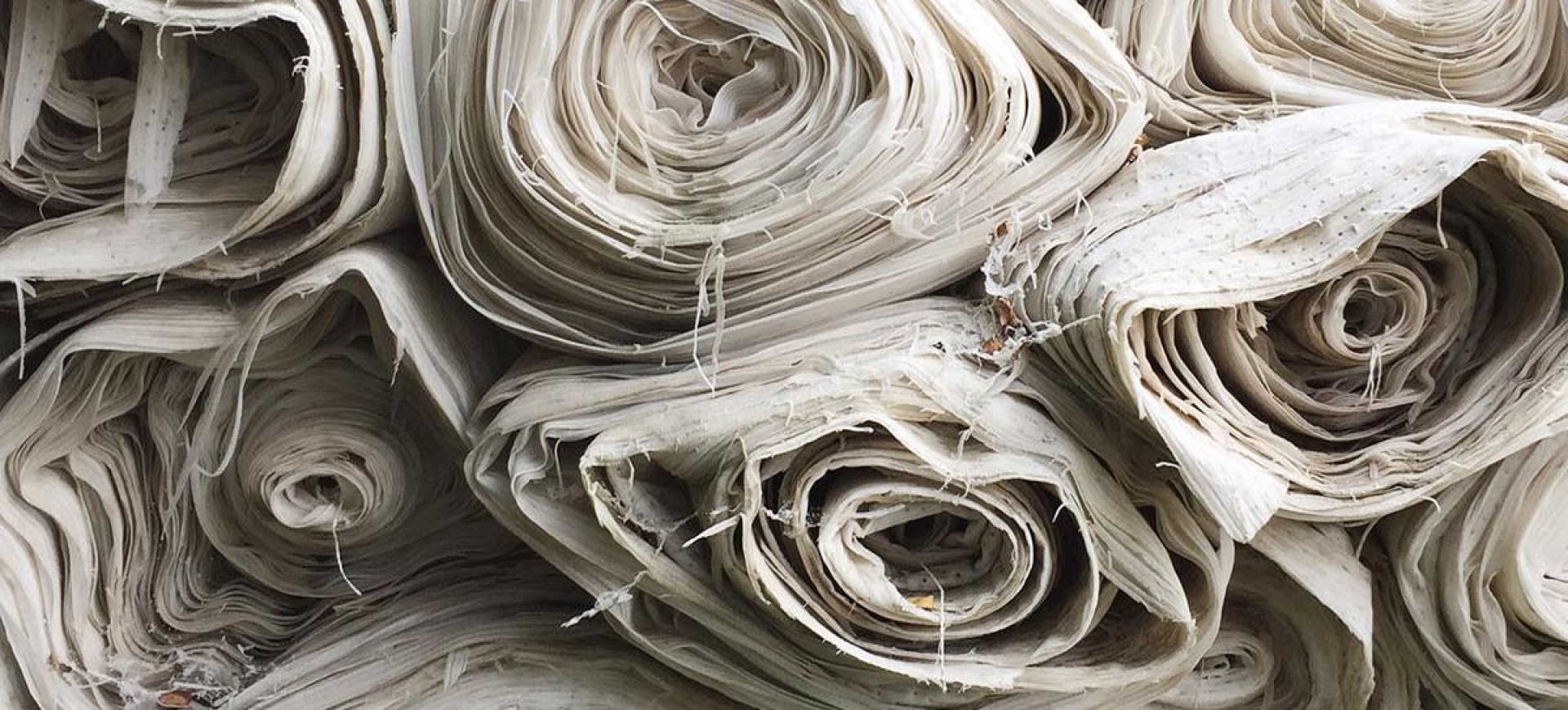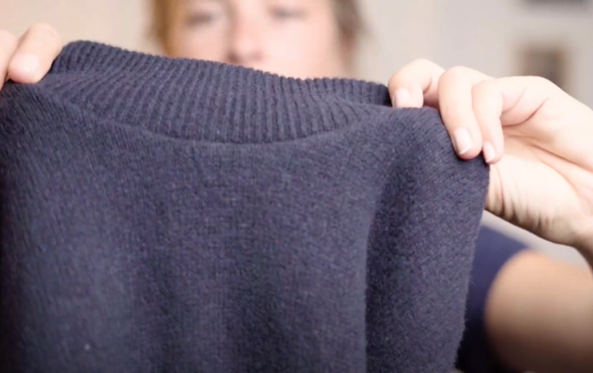
13th edition of Refashion Innovation Challenge
Refashion's Innovation Challenge is back for its 13th edition! Find out more about the call for R&D projects and how to apply!

Refashion's Innovation Challenge is back for its 13th edition! Find out more about the call for R&D projects and how to apply!

Pour la 2ème édition de son appel à projets annuel dédié au réemploi, Refashion soutient 35 projets en France métropolitaine et à La Réunion.|Pour la 2ème édition de son appel à projets annuel dédié au réemploi, Refashion soutient 35 projets en France métropolitaine et à La Réunion.
Project developers: Product development / Design / Modelling Partners : Suppliers

Among all of the clothing textile, household linen and footwear production stages (transformation of fibres, spinning, weaving, knitting, tanning, ennobling, manufacturing …), it is manufacturing which generates the most material waste with annual global losses estimated to reach 60 billion m² of fabric.
The manufacturing stage consists in transforming fabric (material, knitwear or leather) into a finished product, following cutting then assembly stages. In production, cutting the pieces of every article of clothing generates between 20 and 30% of material offcuts.
Within the context of an eco-design approach, it is essential to exchange with suppliers in order to put in place material loss reduction actions at the various stages of manufacture.
Complexity of implementation
Estimated economic gain
Human means
Implementation timeframes
Try it! : Follow the sheet step by step and have a go!
Limit the number of materials used per product and per range (or even per collection). By preferring to use a limited number of materials, rolls of material will be totally used up, limiting losses.
Reduce the number of prototypes during the development and adjustment of products. Encourage 3D prototyping thanks to manufacturing software if the brand supplier possesses it.
Ensure that the volume of manufactured products, and therefore material ordered, is as exact as possible, basing yourself on sales forecasts and past sales.
For every product, order the material, thread and accessories to mirror demand / real needs as closely as possible.
Avoid breaking up orders of finished products during the season in order to facilitate material and accessory orders at the start of the next season.
Prefer the production of basic products with the same suppliers in order to permit them to optimise their material and accessory stocks.
If the organisation works according to "task work" contracts (in which case the finished product supplier will have a clearer vision of the quantities of material used for every product), ask suppliers to quantify unused materials.
If the organisation does not work according to "task work" contracts, draw up an inventory of the brand's stocks at the end of the season in order to reuse them in the next collection.
Propose that suppliers get more out of stocks by using the ends of rolls for future collections or reintegrating them into production by making accessories for example.
Propose to suppliers to reintegrate scraps and ends of rolls into the recycling channel to obtain “pre-consumer” recycled raw material.
If, despite this, there are still production scraps, there are different ways to upgrade them :
You can contact the collection operators (holders of drop-off points) and the sorting operators agreed with the eco-organisation or directly with the garnett operators in France.
It is also possible to reuse some scraps to make small pieces such as lingerie or accessories (scrunchie, small pouch, etc.) for example.
Quantity of material not used.
Stocks of material at the end of the season
Clearly impose technical constraints to avoid impairing the final finish of the product to the benefit of material loss reduction.

See the video of the Au Juste brand on the Nikita pullover.

Eco-designing an affordable product

Zero waste, recycling and water conservation